Have you ever struggled to start or maintain an exercise programme? Whether for you this means daily gentle walks or a full gym schedule, this happens to all of us. When we sat down with Simon Jones, Strength and Conditioning Coach, this was one of our top questions. How do you find the motivation to work out? We loved talking to Simon, he has spent his career training elite athletes, but he gets ‘us’. Those that don’t get paid to be fit, but do our very best with the time and resources that we have available. He is brilliant at looking at how we can maximise our efforts by finding motivation, and he shares with us how we can do that.
His response was to focus on aligning the movement you're choosing to do with your goals. One key message about how to add exercise into your life is:
“Just because it doesn’t feel like exercise, doesn’t mean it’s not”
For Simon, this began with dog walking. He had a larger, overarching fitness goal of the number of calories he wanted to burn through exercise during the month. But how does something as simple as dog walking fit into this?
Firstly, it got him up early. Not a big deal at the time, but some changes to his work schedule were coming up. So setting up healthy habits before his life shifted meant that he was more likely to keep them as part of his new routine. If he tried to add new habits at the same time as his workload was increasing, it’s more likely exercise would have slipped, so he got in early and built this habit that has stuck.
This is the sort of thing we see a lot at the start of the year. Feeling energised by the freshness of a new year, people try to make big shifts rather than small, incremental changes. Surges of motivation are great but once the buzz has worn off are you going to be able to continue working towards so many big goals? Instead, habit stacking works a treat. Dog walks this week, then add an extra glass of water at the same time from the next week and healthy post-walk snacks the week after. You’ll be smashing through your goals quicker than you thought was possible.
This is what Simon found as well. As part of getting up early, he started the day with more water. Good for his body and brain. But also that momentum and standard-setting. It helped him feel like he was on the way towards his goals, encouraging him to keep going. This sort of momentum can come from making your bed in the morning, starting the day with a healthy breakfast or early morning stretches. Simon puts it this way, “every positive action you make for yourself, you know you’re casting positive votes for your own health. Focus on the positive votes, not the ones that you didn't get, because they're the ones that are working for you.” There is a huge lesson here with having a positive mindset when it comes to our health and wellbeing. Concentrate on what you HAVE done for yourself and you will be further motivated to build momentum.
Then the next thing to look at is intent and purpose.
“Why are you choosing to move? What is your desired outcome? To lean up? Get more energy?
The next step is, to be honest with yourself, exercise has to come with honesty. Are you working yourself hard enough? That’s the only way to get results.”
Why are you exercising and does the exercise you’re doing help you achieve those goals? For example, to achieve more lean muscle mass, you need to stress the body a little. Just living in a calorie deficit isn’t enough. So perhaps going for a run (where your body weight isn’t supported) is going to be more beneficial than using a bike or doing simple, single muscle exercises like tricep dips.
The other place where the purpose is really important is to help you bust open some myths. One of the biggest ones Simon hears? Spot training. If you’re trying to get a certain area toned, it might seem like training that area hard will do the trick. And yes, you’ll likely be building strong muscles but if there’s a layer of excess body fat on there your hard work won’t be able to shine through. So adding in cardio or weights that train some of the other large muscle groups can help achieve overall fitness and weight loss. And this will help you achieve those goals too. When aiming to lean up, why would you do repetitive tricep exercises when you can access kilo’s of muscle by doing compound exercises that utilise a lot more muscle in your body. For example, a squat is a compound exercise that works the quadriceps, glutes, and calves. You can also do compound exercises that combine two exercises into one move to target even more muscles (for example, a lunge with a bicep curl). Get that brain buzzing while you are working!
Want to hear more about how to find the motivation for movement? Check out the full interview with Simon on our YouTube channel.











